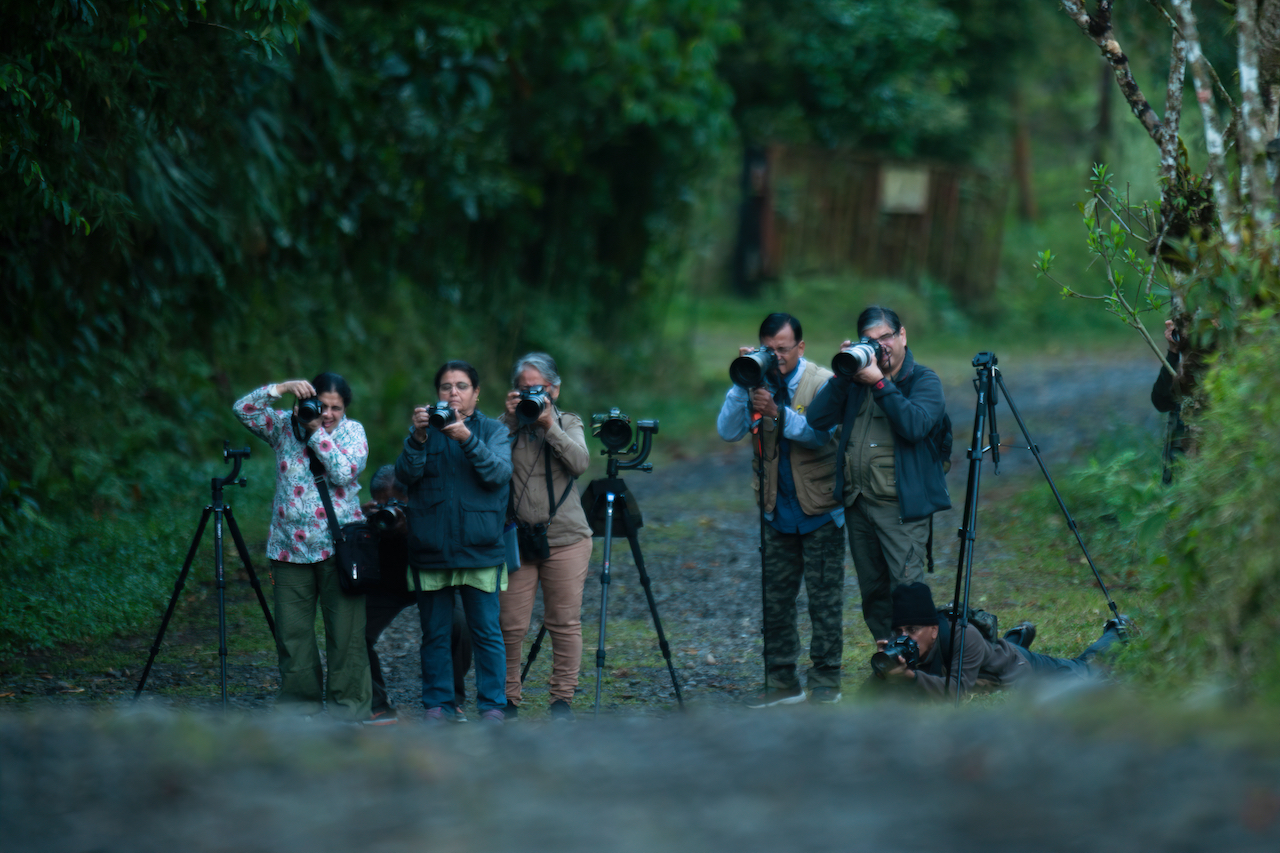Costa Rica. La Cangreja National Park, is one of the most important parks in Costa Rica since it has been listed as one of the 21 Important areas for the conservation of birds.
As well as, has over 300 species of birds, such as the scarlet macaw (Ara macao), black-headed Trogon, toucans, sunbird, wild turkey and more. In the area includes animals like agouti, white-nosed Coati, paca, peccari, deer, cougar, ocelots, black green poison frogs, among others.
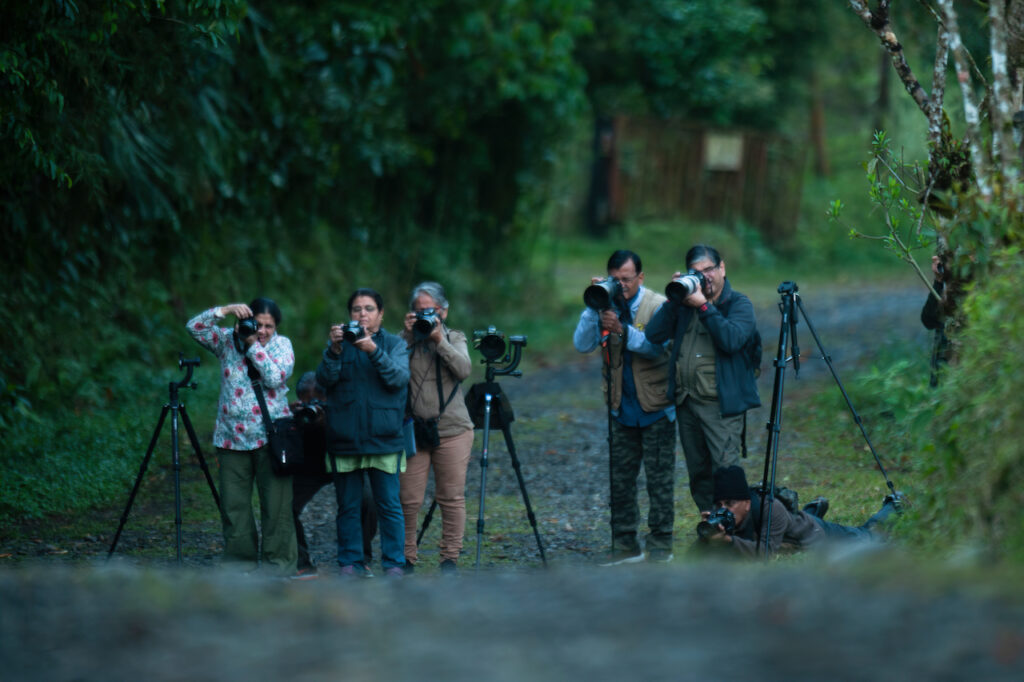
Several important, endemic and endangered plant species have been identified.
More than 2,500 plant species have been estimated, identifying 44 plant species endemic to Costa Rica, two endemic species of the area stand out, the Plinia puriscalensis (Myrtaceae), named after the canton of Puriscal, and the Ayenia mastatalensis (Sterculiaceae), named after the community the Puriscal. There are also several species of timber trees that are widely used commercially in Costa Rica.
The name La Cangreja refers to the characteristic shape of the Mountain which is located at its highest point at 0.81 Miles (1.305 meters) above sea level, site of great beauty scenic and panoramic, that according to an indigenous history the mountain resembles a Crab.
The park protects abundant and crystalline water sources like the River Negro and Quebrada Grande, between rock formations carved by nature that allow visitors to enjoy and relax while bathing or simply contemplate.
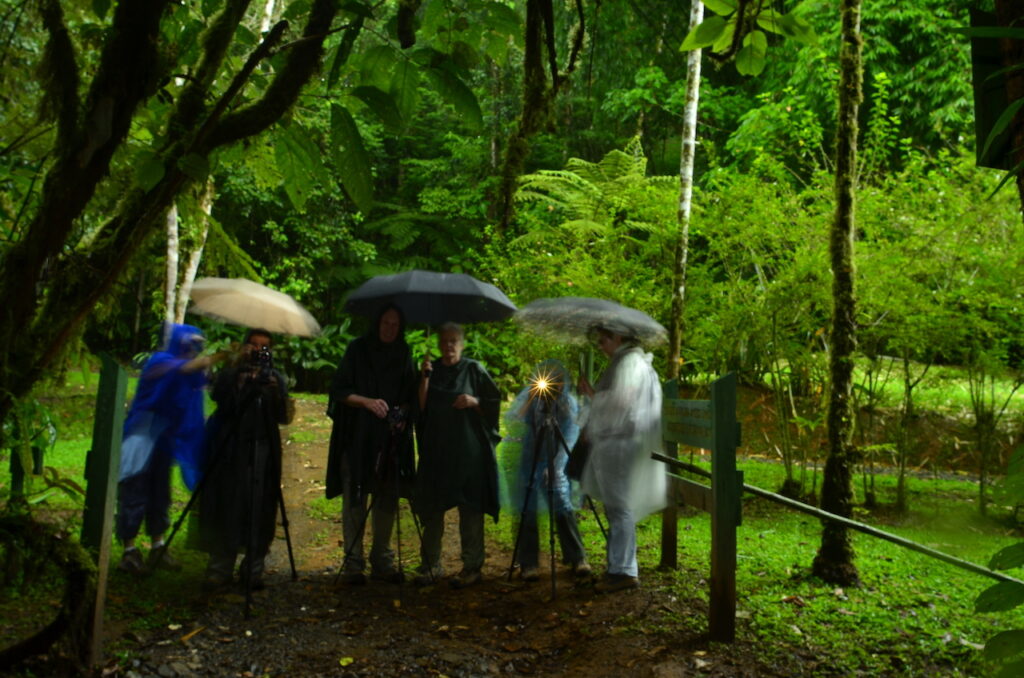
Ecological significance
La Cangreja is an important reef of primary forest located within the Mesoamerican Biological Corridor to the south of the Canton of Puriscal and has a strong water potential, which is why it is considered one of the alternatives of drinking water supply for the region.
In addition, is one of the eight protected areas that are part of the Paso las Lapas Biological Corridor, which provides connectivity between La Cangreja and Carara National Parks, the Cerros de Turrubares Protective Zone, the Guacalillo Wetland and several national wildlife refuges.
The Paso de Las Lapas Biological Corridor
The scarlet macaw (Ara macao) is the emblematic species of the Paso de las Lapas Biological Corridor, where it has been selected as focal management elements by a strategic plan to save them from SINAC in 2015. Its population has been monitored in the region since 1990, so there is a great deal of bibliographic information on its biology and it has been determined that the scarlet macaw (Ara macao) performs seasonal daily movements of more than 20 km, linked to the fruiting patterns of the canopy trees, so it is found both inside and outside the protected area (Myers & Vaughan 2004; Stiles & Sk 2007).
In general, scarlet macaw (Ara macao), has responded positively to the conservation strategies implemented in the region, such as environmental education, construction of artificial nests, control and protection efforts, so it is considered that its population has increased in recent years, and that its genetic diversity remains high.
However, threats to their population persist, so several researchers suggest focusing efforts on restoring their habitat and protecting their nests (Vaughan et al. 2005; USFWS 2016; Monge et al. 2016). As a result of the deforestation processes of the 1970s and 1980s, scarlet macaw (Ara macao) population was confined to larger forest areas such as Carara. However, since the creation of the protected area and national park La Cangreja in the last 15 to 18 years, the species has been recolonizing the area of the Paso de las Lapas Biological Corridor as its home.
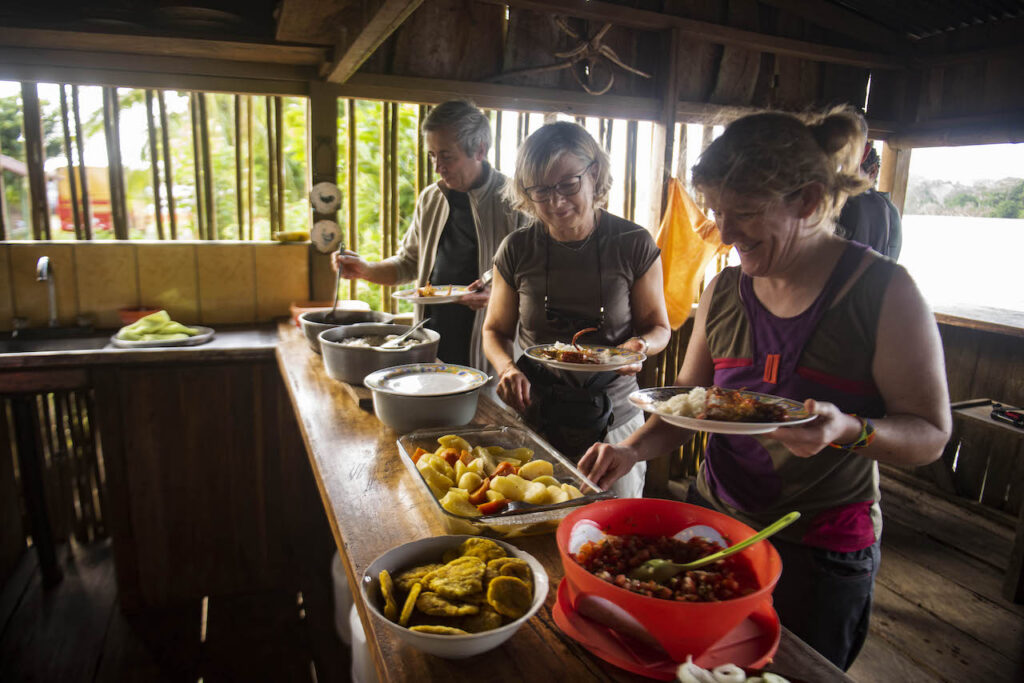
Attractions:
River Negro and Plinia Trail: Río Negro trail whole distance is approximately 4 hours, according to an average of 20 minutes per each kilometer. The composition of the base of the trail is mineral soil and has a maximum slope of 70%. The main attraction of the trail is the River Río Negro, El Encanto waterfall and natural water pools in La Cangreja creek. This trail is ideal for bird watching, hiking and trail run, visited mainly by families, birdwatchers and sunbathers.
In addition it is also available the Plinia trail intertwined with Rio Negro trail and can be walk in or circular figures, going through Quebrada grande and important areas of primary forest.
Waterfalls: Topography and broken relief of Cerro La Cangreja gives rise not only to Rio Negro but also to several streams, which in a very short distance down from the 3,280 feet (1000 meters) to 984 feet (300 meters), which combined with the rock formations of sedimentary origin form small waterfalls with crystal clear waters and scenic beauty, some of which can be observed and enjoyed by walking park trails.
River Negro: It is the main tributary originated at the top of the park, from hydrologic point of view it is very important because it allows the birth and preservation of a series of streams, highlighting Quebrada Grande Grande with permanent water throughout the year, used today for human consumption by some surrounding communities.
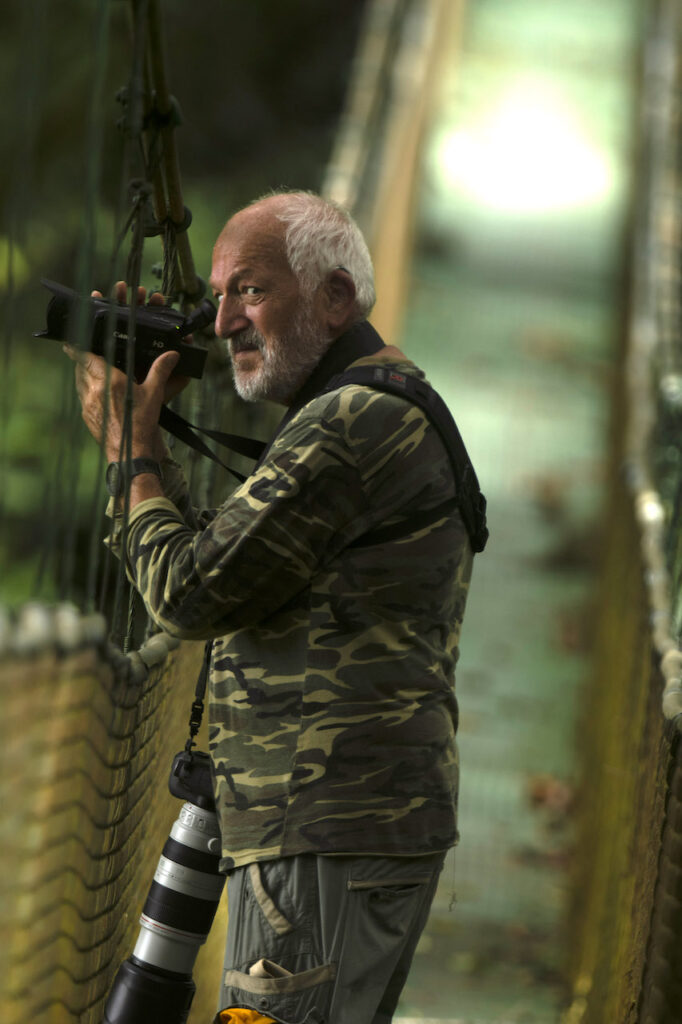
Cerro La Cangreja: This is a rock formation in the park, located between 2,952 feet (900 meters) and 4,265 feet (1300 meters), same which is named so due an Indian story that said that in that place, decades ago, when the Indians used to go there on one of their routes, appeared a giant crab that prevented them from passing, so the tribe chief (cacique) fought against it hurting it, so it gave up its struggle and took refuge in this area becoming the rock formation atop the hill. Also those who have seen it from heaven or in front of the hill at the southern end, said it has a shape or likeness to a crab.
Services:
• Trails
• Sightseeing place
• Local guides (they are not part of park staff)
How to get?
From San Jose, take the road towards Ciudad Colón – Puriscal. The park is located 21 miles (35 km) east of Santiago de Puriscal, Parrita old road (Route 239), and 0.62 miles (one kilometer) before crossing Mastatal.
The park has low visitation, the most visited months are january to april and the lowest visitation from August to November.
Source: SINAC (Sistema Nacional de Áreas de Conservación). 2018. Actualización del Plan General de Manejo del Parque Nacional La Cangreja. Área de Conservación Cordillera Central. Eds: O. Chassot Labastrou, A. Herrera Chaves, & J. Carazo Salazar. San José, Costa Rica. 147 p.

